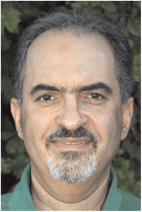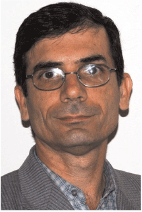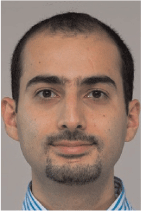Prediction and management of solids production in typical Surat Basin coal seam gas reservoirs, eastern Australia
Abbas Khaksar A , Morteza Jami B and Ahmadreza Younessi AA Baker Hughes.
B The University of Queensland.
The APPEA Journal 55(2) 444-444 https://doi.org/10.1071/AJ14079
Published: 2015
Abstract
The exploitation of coal seam gas (CSG) reservoirs worldwide has developed rapidly. These reservoirs are located in different geological settings and have different characteristics. In eastern Australia for instance, Surat Basin CSG reservoirs are typically thin and interbedded with thick layers of sandstone, siltstones and shales, and occur at shallow depths, adjacent to fresh-water aquifers. For commercial gas production from wet- and low- permeability thin CSG reservoirs, both the hydrostatic pressure and the water saturation have to be reduced through a de-watering and pressure depletion process. These mechanisms increase the risk of rock failure and solids production before or from the onset of gas production in many CSG wells.
In thinly bedded CSG reservoirs, solids production from coals may not be a concern, but sanding from interbed rocks—some with abundant water sensitive clay minerals—may be a significant source of solids production.
Given the relatively low drilling and completion costs and short life span of the CSG wells, many of the conventional sand control measures such as screens or gravel packs may be of limited use or not applicable. In this extended abstract, examples of solids production issues and the potential sources of solids in typical Surat Basin CSG wells are shown, and options for solids control are discussed.

Abbas Khaksar is a Baker Hughes global discipline lead-geomechanics and subject matter expert for sanding evaluation. He has worked for 17 years in petroleum geomechanics consultancy. He was a field engineer (1989–1992), then studied and worked at the University of Adelaide as a research associate and post-doctorate fellow in rock physics to 2000. He joined GeoMechanics International in 2000 as a geomechanics specialist and was consulting services manager in the Asia-Pacific, before joining Helix-RDS in 2005 as senior and then principal geomechanics specialist in its Perth and London offices until acquisition by Baker Hughes in 2009. Abbas has a PhD in rock physics, an MSc in petroleum geology and geophysics and a BSc in mining engineering. He has been involved with more than 70 publications and technical presentations in reservoir geomechanics, rock physics, rock strength modelling and sand production prediction. Member: SPE and American Rock Mechanics Association. |

Morteza Jami is an experienced geologist who recently joined the University of Queensland School of Earth Sciences. He received his BSc and MSc from Shiraz University, Iran, and his PhD from the University of New South Wales. For more than 16 years, he has worked internationally across various conventional and un-conventional basins. Before joining UQ, he worked for Sydney gas and Santos as a senior geologist, responsible for the appraisal and development of world-class unconventional Hunter Valley and Roma fields. As a senior development geologist in Santos, Morteza worked on sub-surface modelling, well design and water-sand production control in Roma GLNG project. |

Ahmadreza Younessi received his PhD in petroleum engineering from Curtin University in 2012. After completing his MSc in rock mechanics engineering from Amirkabir University of Technology, he worked as a geomechanics engineer in Schlumberger’s data and consulting services, where he was involved with several consulting projects in Iran, India and Malaysia, and was also trained as a wireline field engineer. He started his PhD in 2009, focusing on sand production mechanism under true-triaxial stress conditions. During his PhD, he was involved with several consultant geomechanics projects in Australia, conducted by Curtin Petroleum Geomechanics Group (CPGG). Ahmadreza joined the Baker Hughes geomechanics team in 2012. He has worked in numerous consulting projects, including 1D and 3D geomechanical modelling, wellbore stability analysis, near-real-time analysis, sand production prediction, 3D dynamic modelling, fault reactivation, compaction and subsidence analyses. |


